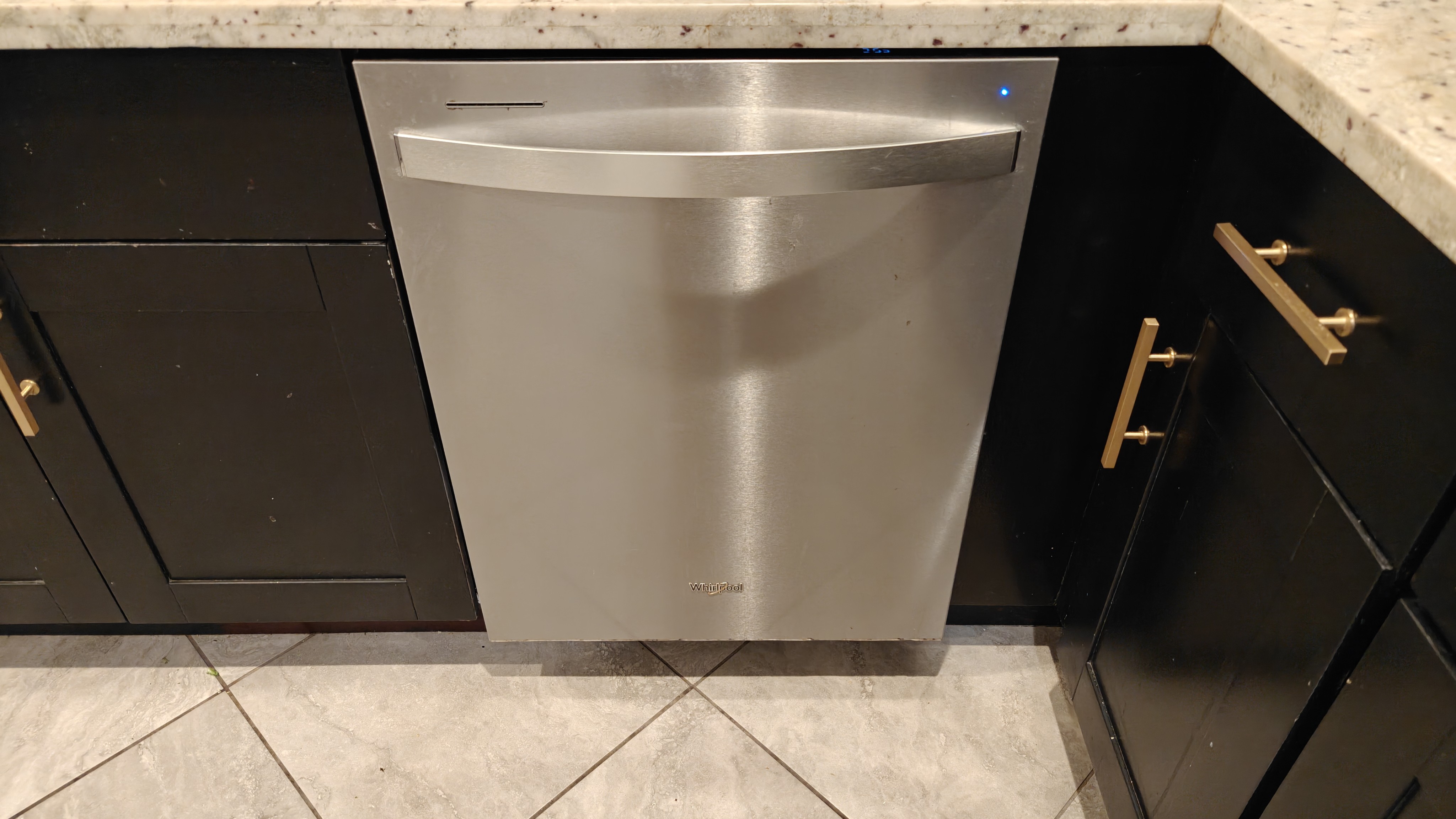Heat pump dryers vs vented: which type is best for your needs?
Which dryer is the right fit for your needs and budget?
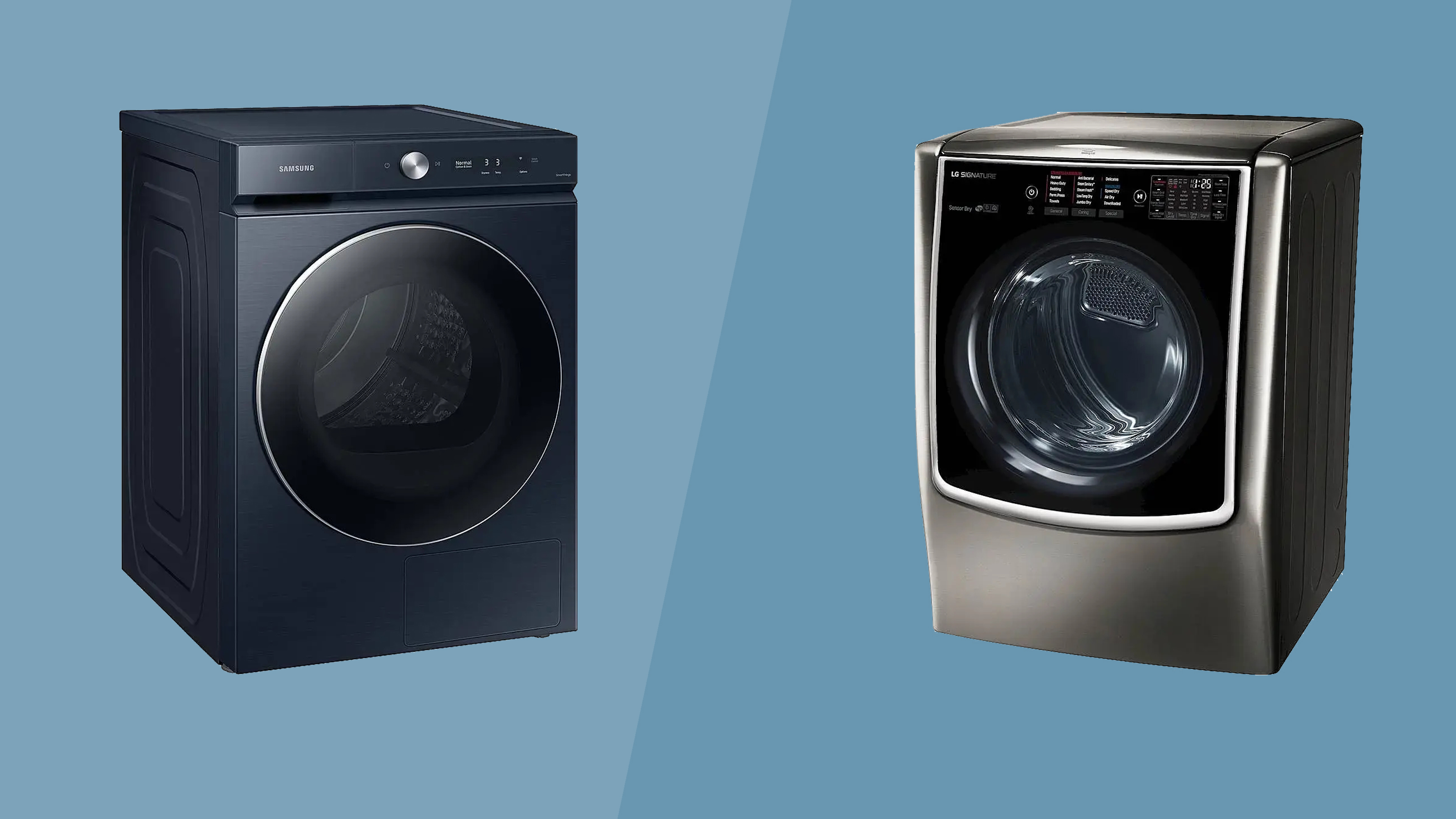
Choosing the best dryer can significantly affect how convenient and energy-efficient your laundry day is. It can also significantly affect how much you spend on your utility bills and maintenance upkeep.
Currently, two popular options in many homes are heat pump and vented dryers. The main difference between heat pumps and vented dryers is how they dry your clothes. Heat pump dryers use a closed-loop system that works by heating air efficiently and reusing the warm air as it leaves the drum.
Vented dryers, on the other hand, pull in air, heat it, and expel the moisture outside. While each type has pros and cons, understanding how they differ is key to making the right choice for your needs.
In this article, I’ll examine the critical differences between heat pump dryers and vented dryers, their price and value, features and functions, performance and reliability, and much more to help you determine which is the best fit for you.
Plus, I speak to experts to get their take on which performs better on value, features, and energy efficiency. Ken Doty, COO and Cleaning Expert at The Maids, and Seamus Nally, CEO of TurboTenant and a landlord of several residential properties, gave me their opinions on heat pump dryers vs vented dryers.
Heat pump dryer vs vented: Price and value
“In terms of price point, heat pump dryers will usually have a higher initial purchase price than vented dryers,” says Ken Doty, COO and Cleaning Expert at The Maids. “Heat pump dryers can range from $800 to almost up to $2,000 (like the Samsung BESPOKE 7.8 Cu. Ft. Stackable Smart Electric Dryer).”
“The long-term value for heat pump dryers comes down to their energy efficiency and subsequent savings on your utility bill,” says Doty.
Sign up to receive the latest news, reviews, buying guides and deals direct to your inbox
While they’re more expensive in initial outlay, what’s great about heat pump dryers is their energy efficiency; they use less energy than vented or condenser dryers, which can lead to huge savings on your utility bills. “They can reduce overall electric usage by over 28% compared to standard dryers, leading to a long-term savings benefit. This also makes them an eco-conscious option that will reduce your home's carbon footprint,” says Doty.
“A standard vented dryer might cost between $300 and $1,000,” Doty tells me. However, if your budget is bigger, expect to pay around $1,200 to $2,000 for a luxury vented dryer (such as the LG SIGNATURE 9.0 Cu. Ft. Smart Gas Dryer).

Ken Doty joined The Maids International in July 2013 as Vice President of Business Intelligence and was promoted to Chief Information Officer in February 2020. He is experienced in business intelligence and has over 20 years of experience in consulting and information technology. He loves talking shop with other cleaning service professionals and offering cleaning tips to anyone who asks!
“Heat pump dryers are going to be more expensive up front, but much cheaper to install and operate,” says Seamus Nally, CEO of TurboTenant. “They use far less energy than vented dryers and don't need an air vent. Vented dryers, on the other hand, are simple, cheap, reliable appliances. You can often get good value on the secondary market, and they're relatively easy and affordable to repair, but they use much more energy to do the job.”
Heat pump dryers are also relatively cheap to maintain compared to vented dryers. The closed-loop system that recirculates air reduces wear and tear on the dryer’s internal components and prevents lint and debris from clogging up vents. This lowers the chance of vents blocking up and becoming fire hazards while extending the life of your dryer.
While most heat pump dryers require little upkeep, some may require occasional servicing, particularly for their heat exchange systems. So, it’s a good idea to look for a manufacturer that offers longer warranties that cover certain repairs and servicing during the warranty period.
Vented dryers dry clothes more quickly, but they use more energy, costing you more electricity. They can also be less efficient with smaller loads, often leading to over-drying, which can waste more energy and damage delicate fabrics.
You’re also more likely to face issues like lint buildup in filters and ducts with vented dryers, which affects your dryer’s efficiency and safety, so you’ll need to keep on top of maintenance to ensure your dryer lasts longer.

Seamus Nally is the CEO of TurboTenant and a landlord of several residential properties in upstate New York and Colorado. Leveraging his years of property management experience and extensive startup knowledge, Seamus is a strong leader of the TurboTenant team and an industry trailblazer.
Heat pump dryer vs vented: Features and functions
Vented and heat pump models each have unique features that cater to different needs and households. Whichever one you choose, you’ll probably find that how much you spend dictates the extra features you might enjoy, such as multiple drying settings, temperature controls, and special features, such as steam drying or anti-crease functions. However, there are some key differences between the two, no matter the size of your budget.
Vented dryers operate by pulling in air from the room, heating it, and circulating it through the drum to dry your clothes. The moist air is expelled outside through a vent, so they need a proper exhaust outlet.
One of the standout perks of vented dryers is their speed; most can dry a load in about 30 to 60 minutes, making them a solid choice if you’re in a hurry. Plus, they’re usually pretty easy to install since they don’t require any extra plumbing—make sure you have a vent nearby.
However, they can increase humidity in your laundry area, which might be a concern in smaller or less ventilated spaces.
Heat pump dryers take a different approach. They use a closed-loop system that recycles air, pulling heat from the surrounding air to warm the air inside the drum. Then, they condense the moisture, collecting it in a reservoir or draining it away. This method is much more energy-efficient since it doesn’t vent anything outside.
Despite their efficiency, heat pump dryers take longer to dry clothes—about 1.5 to 3 hours for a full load—so they might not be the best fit if you need quick results. But they can be installed anywhere since they don’t require a vent, making them perfect for apartments or homes without external venting options.
They also maintain a stable room temperature and won’t raise humidity levels, which is a big plus for smaller spaces or areas that need good ventilation.
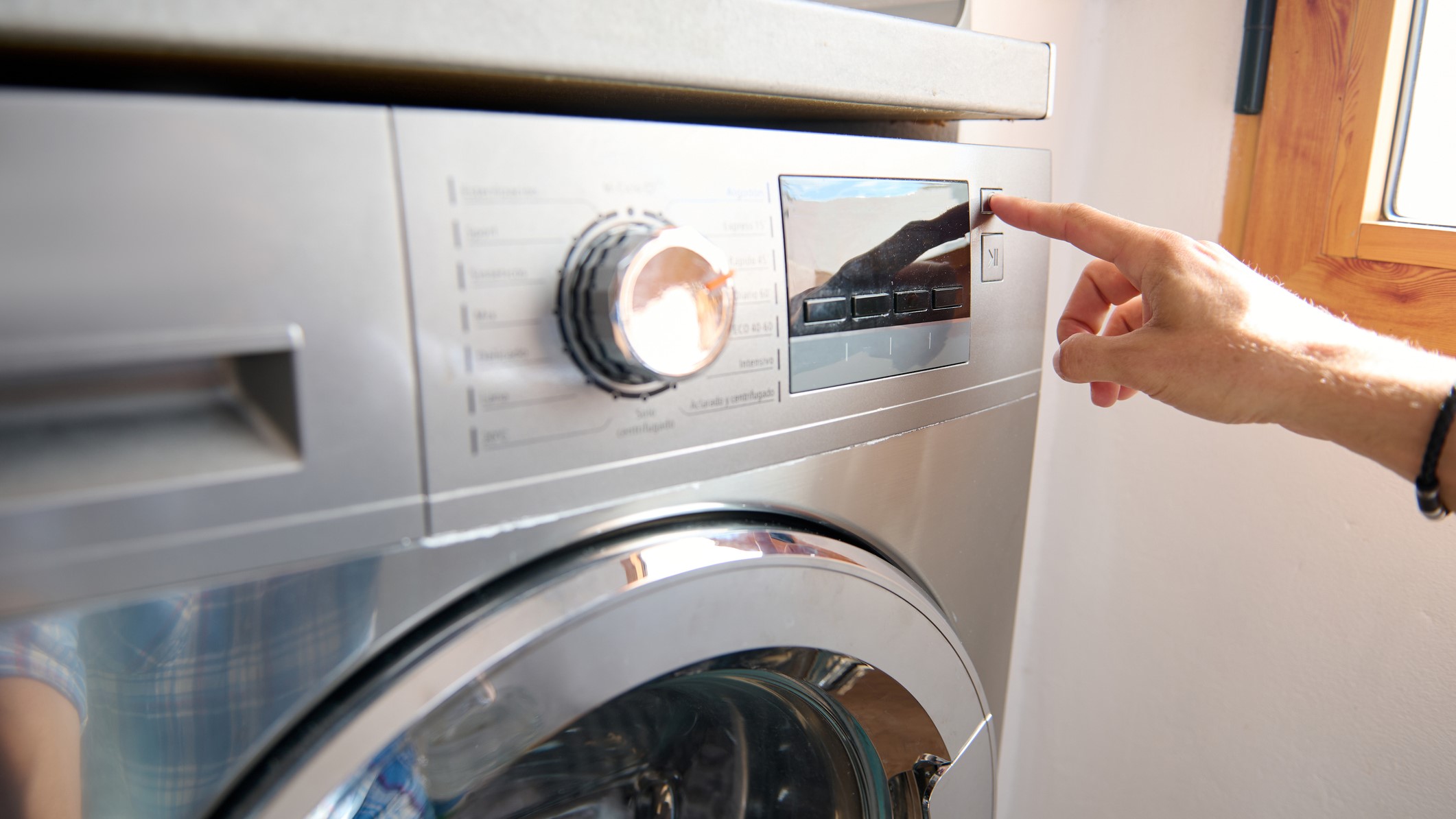
Heat pump dryer vs vented: Performance
When it comes to performance, people who own heat pump dryers praise their dryers for their effectiveness in drying clothes despite the longer drying cycles. They efficiently remove moisture while being gentle on fabrics, making them ideal for delicate items. Many models feature moisture sensors that adjust drying times to prevent over-drying.
Both vented and heat pump dryers offer a lot in terms of capacity, but there are some differences to keep in mind.
Vented dryers typically have a capacity of about 4.0 to 8.0 cubic feet. Most models for home use usually sit between 6.0 and 7.5 cubic feet, which works well for the average family.
Conversely, heat pump dryers have a similar capacity range, generally between 5.0 and 9.0 cubic feet. Many of these models hover around 7.0 to 8.0 cubic feet, giving you plenty of room to dry larger loads efficiently.
When picking out a dryer, think about how much laundry you typically do and the size of your household to find the perfect fit for your needs.
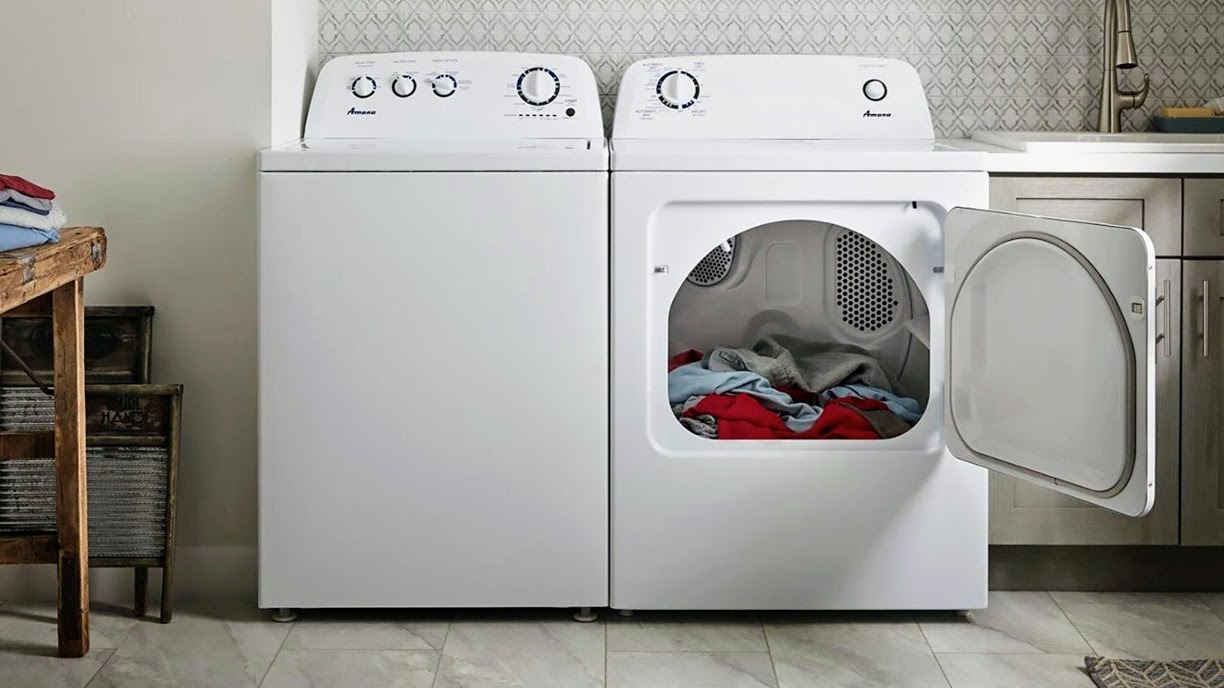
Heat pump dryer vs vented: What the Experts Say
Buying Guides
Best washer dryer combos 2025: all-in-one solutions for your laundry needs, chosen by experts
Best hair dryers: Top-rated blow dryers for all budgets
Reviews
LG DLEX8600BE 7.3 Cu. Ft. Smart Electric Dryer review: over 24 high-tech drying programs
Asko T411VDW 5.1 cu. ft. Stackable Electric Dryer review: ideal for lighter loads
Revlon Perfect Heat Fast Dry Travel Styler review
Doty highlights several vital trends shaping consumer purchasing decisions regarding dryers. One of the most significant factors is energy efficiency. With rising energy bills and growing awareness of environmental issues, consumers are increasingly looking for options that will reduce their carbon footprint and save them money in the long run.
Another important consideration is space. As more people move into urban areas where space is often limited, compact appliances like heat pump dryers are becoming more attractive. Their smaller size makes them ideal for homes where every square inch counts.
Clothing care is also a top concern for many buyers. They want dryers that won’t shrink or damage their clothes and are willing to invest in models that are gentle on fabrics. No one wants to replace clothes prematurely because their dryer is too harsh.
Lastly, Doty notes that consumers are increasingly focused on long-term costs. While heat pump dryers may have a higher initial price tag, their energy-saving benefits over time make them a cost-effective choice in the long run, a significant draw for many buyers.
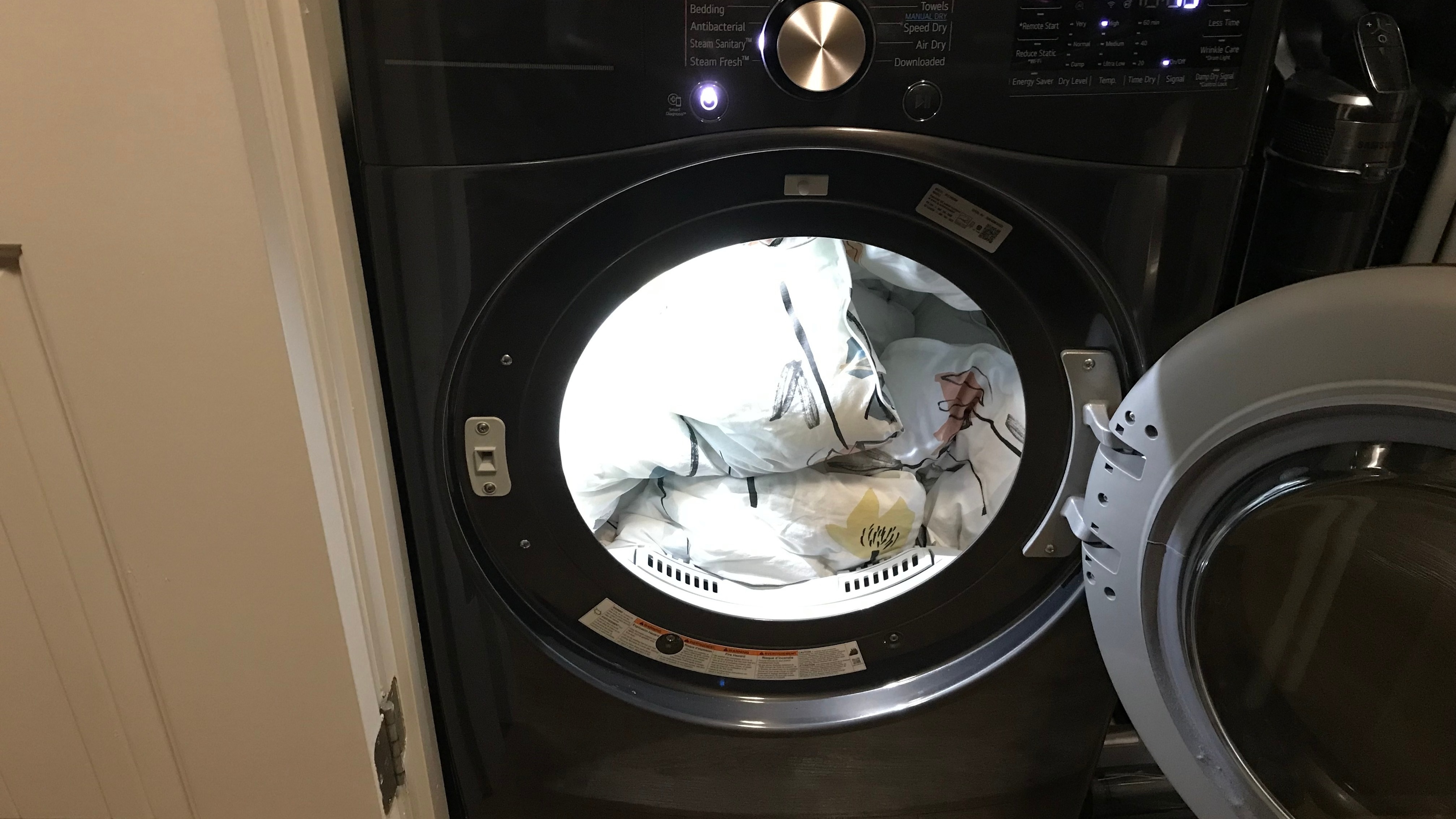
Heat pump dryer vs vented: FAQs
How long do heat pump and vented dryers last?
Thanks to their energy-efficient design and gentler drying process, heat pump dryers have a longer lifespan, often lasting up to 10-15 years. Operating at lower temperatures, they cause less strain on their internal components, reducing wear and tear over time. If you keep up with regular maintenance, like cleaning the lint filter and occasionally servicing the heat exchange system, your heat pump dryer can serve you well for over a decade.
On the other hand, vented dryers, though durable, may have a slightly shorter lifespan, typically around 8-12 years. The higher heat they use during drying cycles can cause more wear on the machine’s parts, and regular vent cleaning is a must to prevent issues like clogs or even fire risks. A vented dryer can still provide many years of reliable service if it is appropriately maintained.
Do heat pump dryers work in cold rooms?
Heat pump dryers can be less effective in colder rooms because they rely on pulling in warm air from the surroundings to operate efficiently. If the room temperature drops too low, the dryer may struggle to extract heat, leading to longer drying times. While heat pump dryers can still function in cooler spaces, they perform best in moderately hot rooms.
Vented dryers, however, don’t rely on the room’s temperature. They use external air, heat it, and then expel the moisture outside, making them suitable for all kinds of environments, whether warm or cold. This makes vented dryers more versatile if your laundry area gets chilly.
Heat pump dryer vs vented dryer: Which is best?
For most homes, I recommend investing in a heat pump dryer. Yes, they're slower to dry laundry and pricier upfront, but the combination of lower running costs, reduced environmental impact, and simpler maintenance makes them the smarter choice in the long run.
However, if quick drying times are non-negotiable for your household, there's no shame in choosing a vented model - just be prepared for higher energy bills and more maintenance.

Joanne Lewsley is a reputable freelance writer specializing in evidence-based health and lifestyle content. With a background in journalism and extensive experience working for known brands, Joanne rigorously tests and evaluates home gadgets. Her passion for writing is complemented by her love for the outdoors and live music.
